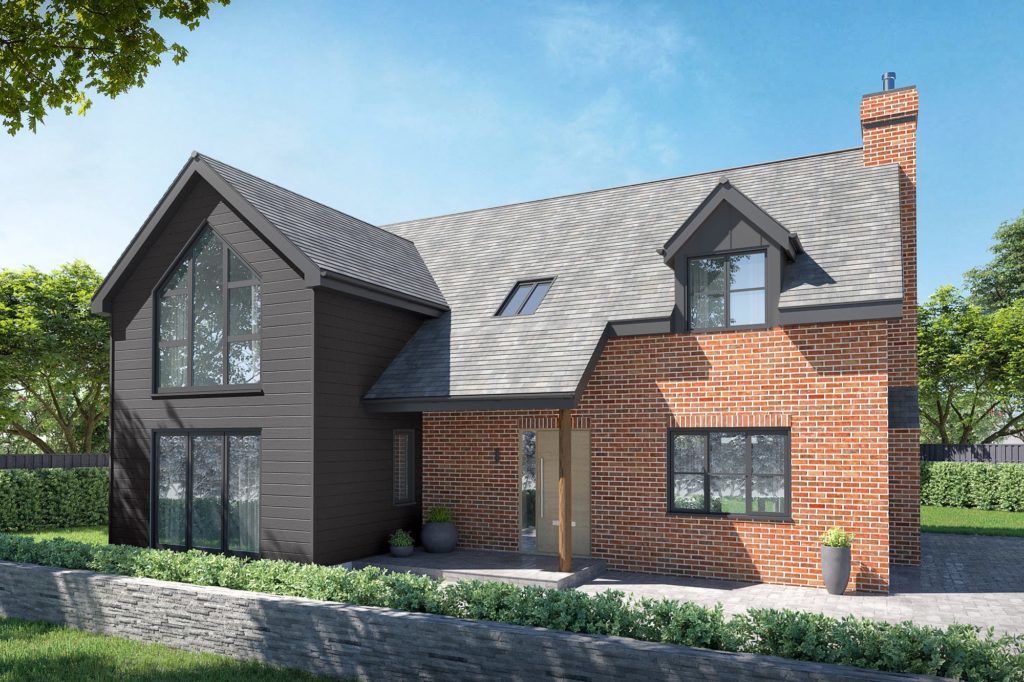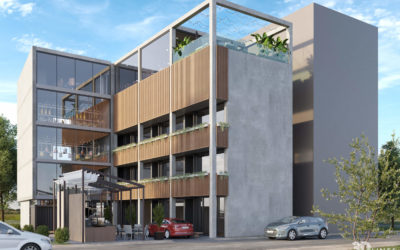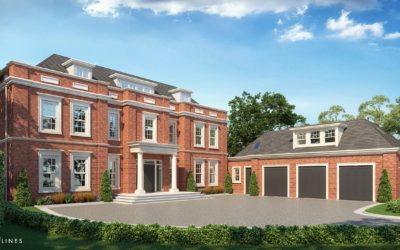7 Ways 3D Artists Make Renders Look Like Photos

There are some architects and property developers of architectural projects out there who have never used any form of 3D exterior rendering services. It is because of this reason that those people often underestimate just how good 3D renders can be. That being said, being unaware of what the world of CGI can do for your architectural tasks and property developments could result in some underwhelming projects. For example, not providing the right amount of comments, technical details, or style preferences can make things much more difficult for everyone involved.
As a result of this, clients might end up overpaying for 3D visualisation services that don’t provide amazing visuals, and why would anyone want to do that when you can pay a similar amount of money for top-notch exterior rendering services. When you are working with professional CGI artists, you can rest assured that you will end up with some amazing-looking renders that are almost indistinguishable from real photos. Those renders can be used for several different things, including portfolios and project presentations, as well as for both online and offline marketing. And now, here are seven different ways professional 3D artists can make architectural renders look like real photos!
Building High-Quality 3D Models for Property Marketing
Pretty much every realistic exterior rendering begins with one simple thing – creating 3D models and applying them to a scene. More often than not, professional CGI artists create 3D models from scratch to make sure that everything gets done correctly. When it comes to the final renders, every single object needs to have a realistic shape, flawless geometry, and a high level of detail.
Getting Accurate Proportions of Property Details
In order to ensure that they maintain accurate proportions of every single object, CGI artists always follow technical drawings and all the other architectural documentation to the best of their abilities. Some of the most important things that CGI artists need to follow include site plans, floor plans, elevation, and cross-section views. It is crucial for CGI professionals to have a good understanding of all of the aforementioned things as it will allow them to adjust the size of every object correctly.
Setting Correct Horizontal and Vertical Axes
To create a truly realistic exterior rendering, it is very important for CGI professionals to carefully set both the horizontal and vertical axes. This is an extremely important thing to do as it sets the base for the whole composition. When it comes to the quality of the final images, it is important to know that improving customer experience is one of the main goals of realistic architectural visualisation, which is why even some of the most basic things (such as this one) should never be left ignored.
Creating Life-Like Surroundings
Some of the most professional 3D artists out there know how to create life-like surroundings for the main architectural objects. These people posses the ability to come up with several different variations of a single image featuring different times of day, weather, or even seasons. Depending on the project’s location, the final render could include things like people, trees, benches, cars, traffic lights, or even other buildings or landscapes.
Making the Lighting Feel Organic
As far as lighting, it is pretty much all about physics. A professional 3D rendering software allows 3D artists and interior designers to determine where the light in the picture is coming from. Depending on your particular image, this could include all sorts of things, including stars, lanterns, and street lights, as well as just about any other light source that you can think of. And on top of that, 3D artists offer fantastic service and can also add a nice fog effect to make an image feel a little dreamy.
Applying Perfectly-Matched Textures and Materials
Textures play a very important role in the world of realistic exterior rendering because they make all the materials that are used in a scene easily identifiable. Both the quality and resolution of every single texture should always be high, the material properties should always match the appearance of applied textures, and the scaling of textures should always be done correctly. Paying extra attention to these three things can make everything look so much better and result in a fantastic job.
Finding the Best Angles
In the world of realistic exterior rendering, it is pretty safe to say that objects are ”photographed” digitally. This is why finding the best angles from which to capture a 3D scene is such an important thing to do for just about any 3D artist out there. The final images need to include all the details of a 3D scene with absolutely no distortions of any kind.
Being able to get multiple variations of 3D renders for the same project is one of the best things that the world of 3D visualisation has to offer. This is crucial for both online and offline marketing campaigns. After all, prospective buyers need to see the project in the best light possible.





